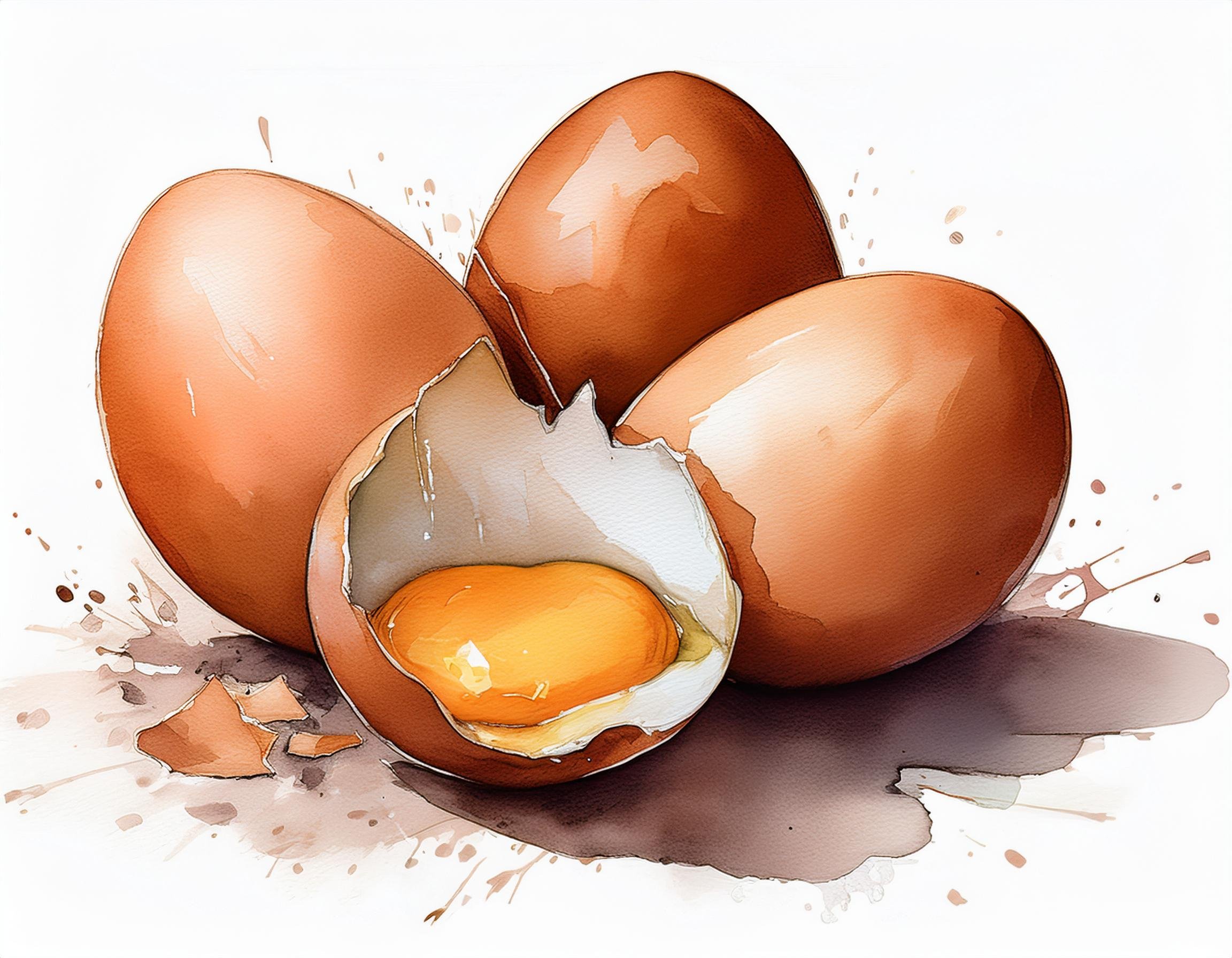The Perfect French Omelette
Start with the right pan. A clean non-stick pan like a Green Pan or Caraway is your best option. Stainless steel is another option, but mastering the technique without the omlette sticking can be tricky. Do not use iron or aluminum; unhealthy metal levels can leach into your food, causing long-term health risks.
The perfect French omelette must have with the healthiest ingredients.
Eggs should be pasture-raised, if possible. If not available, use Omega-3 eggs. Don’t buy cheap or cage-free eggs. These chickens have likely been fed corn and soy, which makes them an unhealthy choice.
Butter should be grass-fed at a minimum and from A2 cows or buffalo whenever possible. Irish butter is grass-fed. Butter from Italy, France, and Switzerland are likely from A2 cows. Read the labels and never eat margarine — it’s not food. Salted butter is a shortcut that allows you to skip adding salt. If you use unsalted butter, you will want to add a pinch of iodized sea salt to your butter when you add it to the pan.
Eggs and cheese are the only ingredients in a plain omelette. However, you can add fillings with unlimited possibilities.
If you want fillings, always use the freshest and healthiest ingredients possible.
Vegetables in an omelette are best sauteed in organic extra virgin olive oil until tender before folding them into your omelette. These should all be diced into quarter-inch pieces or less. Great options include organic onions, mushrooms, spinach, or broccoli. Squash can be used if skinned and deseeded. Fresh tomatoes and peppers are high in lectins and should be avoided. A jarred skinned, deseeded, fire-roasted pepper could be added to the saute.
Ham or sausage are traditional fillings. However, most US ham and sausage are not healthy options. A finely-shaved, traditionally aged ham or sausage from Europe will work well. Try Prosciutto, Jamon Sarrano, or a dry-cured European sausage. Saute your meat to warm it before adding it to your omelette.
Cheese is a popular filling. Choose cheese from Italy, France, or Switzerland which usually have A2 cows. These would include Parmigiano Reggiano, Gruyere, and Emmentaler. Another option is Manchango from Spain or other sheep or goat cheeses. Grate your cheese and have it ready to fold into your omelette before it goes on the plate.
Fresh herbs are another option to add to an omelette. The traditional herbs are fresh chervil, tarragon, chives, or parsley. Other fresh herbs that work well are basil, lovage, or mint. These can be chopped and folded in before plating or sauteed.
Spices and dried herbs can be sauteed with the vegetable or sprinkled on top. Some great options include Italian Herbs, Herbs de Provence, Lemon Pepper, or Garlic Salt.
Your finished omelette should be light and airy. It should never be brown, which means you overcooked and burnt it.
Julia Child made the omelette popular with her 1963 television cooking show The French Chief. Watch the video for classic techniques for cooking this amazing dish.
